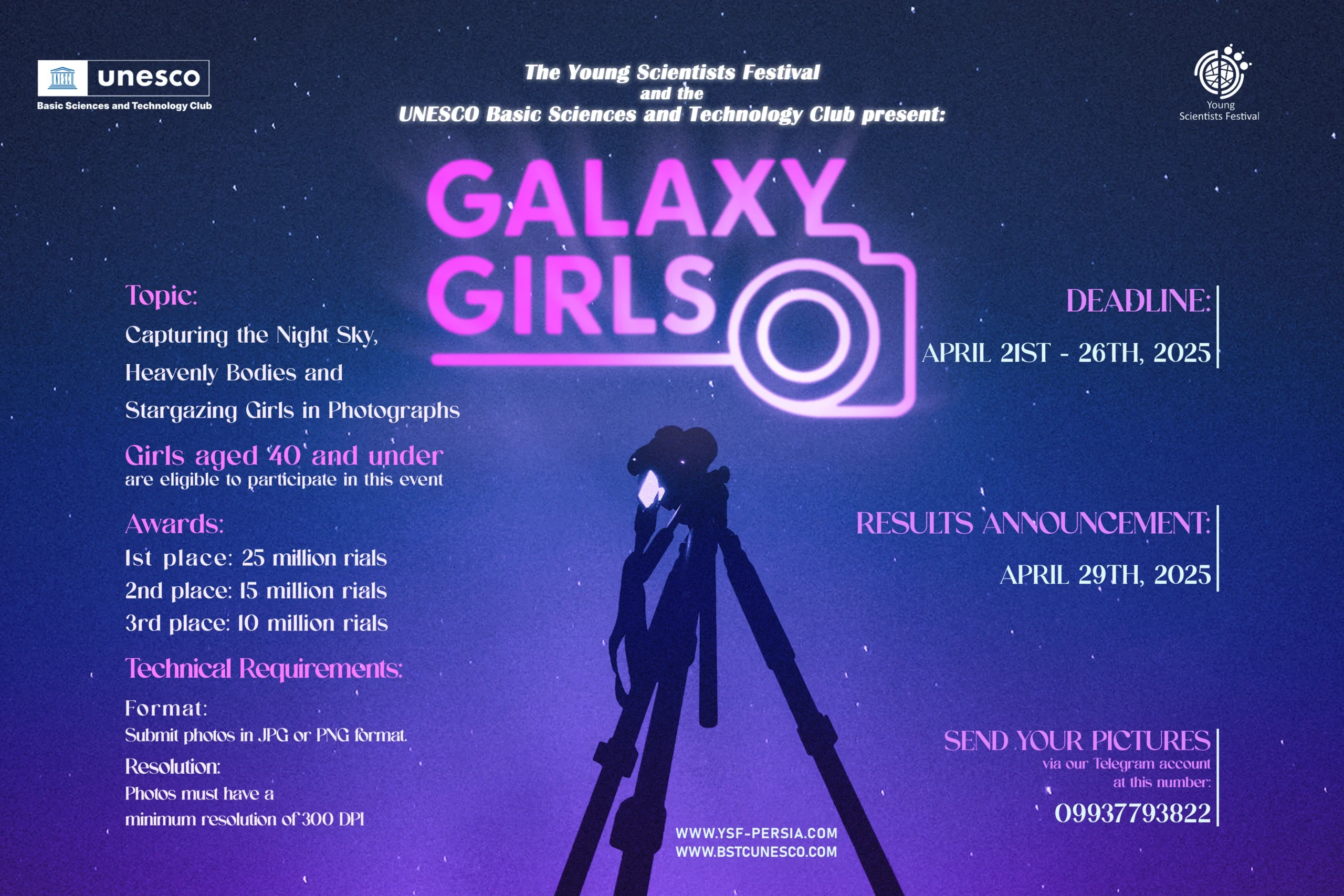Stars, those sparkling diamonds of the night sky, have captivated the human mind for centuries. From the time humans first pointed telescopes at the sky to today’s advanced space telescopes like the Hubble and James Webb, our knowledge of the stars has grown dramatically. But despite all the progress, there are still many mysteries about these celestial bodies that scientists are struggling to uncover.
Stellar Mass: A Simple Calculation with Basic Physics
One of the first and most important properties astronomers want to know about stars is their mass. A star’s mass not only tells us how big it is, but it also provides information about its life cycle, lifespan, and ultimate fate. Interestingly, calculating a star’s mass can be relatively simple. Astronomers can calculate the mass of stars by observing the time course of their orbits, especially in binary systems (where two stars orbit each other). Using basic laws of physics, such as Newton’s law of gravity, scientists can accurately determine the mass of stars.
The Elements That Make Up Stars: Reading the Light Spectrum
But mass is not the only important characteristic of stars. The elements that make up a star also tell us valuable information about its history and evolution. To discover these elements, astronomers look at the spectrum of light that a star emits. Each chemical element absorbs or emits specific wavelengths of light, and these patterns are like unique fingerprints. By analyzing these spectra, scientists can determine the chemical composition of the star and figure out what elements the star is made of.
The Age of Stars: Astronomy’s Biggest Mystery
Despite all the progress we’ve made in understanding the stars, one big question remains unanswered: their age. “The Sun is the only star we know how old it is. Everything else starts there,” says David Soderblom, an astronomer at the Space Telescope Science Institute in Baltimore. Determining the age of stars is not easy because, unlike mass and chemical composition, a star’s age cannot be measured directly through observation.
Why is it so hard to determine the age of stars?
Determining the age of stars is difficult because of the complexities of their life cycles. Stars go through different stages during their lives, from being born in gas clouds to dying as white dwarfs, neutron stars, or even black holes. Each stage of this cycle can last millions or even billions of years. In addition, stars with different masses and chemical compositions evolve at different rates. This diversity makes determining the exact age of a star a major challenge.
Stars that still surprise us
Even stars that seem well-studied sometimes surprise scientists. For example, some stars exhibit unusual behaviors, such as sudden changes in brightness or unexpected chemical compositions. These behaviors can indicate unknown stages in the evolution of stars or even the existence of new physical phenomena. Each new discovery in this field not only increases our knowledge of stars, but may also change our understanding of the universe.
The Sun: A Star We Know Its Age
Among all stars, the Sun is the only one whose age has been accurately calculated. Using various methods, including analysis of its chemical composition and evolutionary modeling, scientists have estimated the Sun’s age at about 4.6 billion years. This number helps us better understand the life cycle of stars like the Sun
and predict their ultimate fate.
The Future of Astronomical Research: What lies ahead?
With advances in technology, especially with the launch of new space telescopes like the James Webb, we hope to be able to answer many unanswered questions about stars in the near future. These telescopes are able to study stars with unprecedented precision and collect information about their age, chemical composition, and life cycle. Each new discovery not only increases our knowledge of stars, but may also change our understanding of the universe.
Conclusion: Stars, Celestial Treasures
Stars are one of the most fascinating and mysterious celestial bodies that, despite scientific advances, still have many secrets to discover. From mass and chemical composition to age and life cycle, every aspect of stars tells a unique story. With continued research and the use of advanced technologies, we hope that in the near future we will be able to uncover many of these secrets and gain a better understanding of the world around us.


